These days, there are more options for flooring than ever before. You can get a dark hardwood look from a vinyl material, a natural stone look from tile or the warmth and comfort of classic carpet. So, why would you choose one or the other? When you have so many choices at your fingertips, it helps to take a close look at the pros and cons of each.
Find Top-Rated Flooring Pros
Compare QuotesSolid and Engineered Wood
Cost: $2,500 to $6,500
Solid and engineered wood are durable flooring options, and they’re some of the most popular choices for homes today. Both are available in a variety of styles and colors, so they fit seamlessly into any design. You can open a space up with light wood tones or create warmth with dark, rustic tones.
Why would someone choose wood?
- It’s extremely low-maintenance.
- It lasts 20 to 100 years, depending on the quality of the material.
- The National Association of Realtors (NAR) reports that hardwood has an average return on investment of 91 percent.
Why not?
- It expands and contracts – and even warps – in moist conditions.
- Active pets could easily scratch most species of wood.
- It’s more expensive than many other materials.
Carpet
Cost: $800 to $2,500
Carpet has many critics who would have it all ripped out in an instant if they could. But it has just as many fans who see the value of a soft surface and cozy look and feel. Carpet offers lots of advantages over other materials, like noise reduction and insulation.
Why would someone choose carpet?
- It’s more affordable than other options.
- It better insulates and absorbs sound than other materials.
- It makes for safe and comfortable walking for kids’ rooms, walkways and bedrooms.
Why not?
- It stains easily and is susceptible to water damage.
- It can trap allergens that aggravate allergies and respiratory conditions.
- It has a short lifespan of five to 15 years.
Ceramic and Porcelain Tile
Cost: $1,000 to $2,500
Ceramic and porcelain tile are durable, and they come in a vast variety of aesthetics. You’ll find tile that looks like natural stone, wood plank, brick and river rock. In fact, you can even get a custom image printed on tile! And tile is much easier to maintain – and much less expensive – than the natural materials it can imitate.
Why would someone choose tile?
- It requires very little maintenance.
- It’s water- and heat-resistant.
- It comes in a nearly endless variety of colors, styles, textures and shapes.
Why not?
- It’s cold, it can be slippery, and it doesn’t insulate spaces well.
- It could chip or crack.
- The grout between tiles requires maintenance.
Ready for New Floors? Find Local Pros.
Search NowNatural Stone
Cost: $1,000 to $3,000
Natural stone options include materials such as granite, marble, travertine and limestone. These are some of the most attractive and impressive materials for flooring, but they require a lot of care. They’re easy to clean from day to day, though, and most varieties are extremely durable.
Why would someone choose natural stone?
- It lends a warm, natural aesthetic.
- It insulates well.
- Most varieties are durable and long-lasting.
Why not?
- Most varieties require regular sealing to resist stains.
- Installation tends to be expensive.
- It’s prone to chips and scratches.
Vinyl and Linoleum
Cost: $800 to $2,500
Vinyl and linoleum are some of the most affordable flooring materials, but you certainly aren’t settling for a “cheap” product when you install them. Manufactured products like these have come a long way when it comes to appearance and durability – luxury vinyl, in particular. Plus, they’re easy to install and even easier to maintain.
Why would someone choose vinyl or linoleum?
- It’s low-maintenance.
- It’s water-resistant, though linoleum is not as resistant as vinyl.
- It comes in a great variety of patterns, colors and textures at a low cost.
Why not?
- It’s vulnerable to heavy loads and sharp objects.
- It doesn’t have a significant impact on resale value.
- It can fade or discolor from traffic, certain chemicals and sun exposure.
Unsure? Make a “Must” List
If you’re struggling to sort the pros and cons, make a list of the qualities you want in a floor. Do you want it to raise your home value? Withstand heavy traffic? Or fit into a very restrictive budget? Once you’ve set your priorities, it’ll be easier to weigh your options and pick the perfect flooring for your home. And if you’re still not sure, a flooring professional can help you understand what’s trending in your area, which material will add the most value and which works best in your climate.

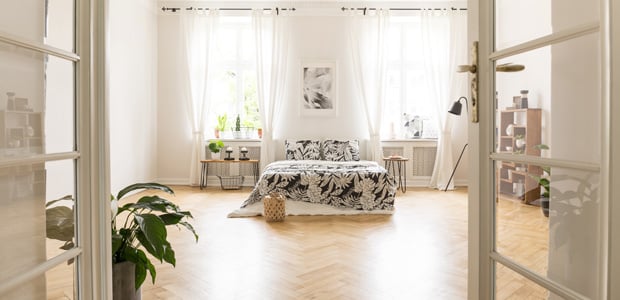
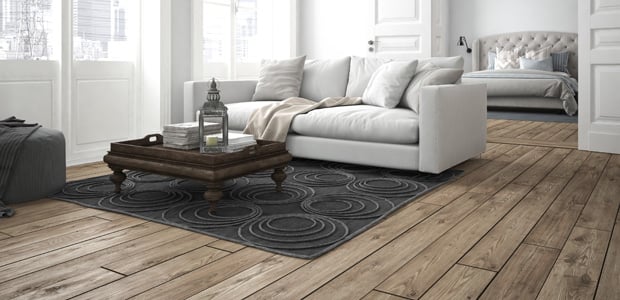



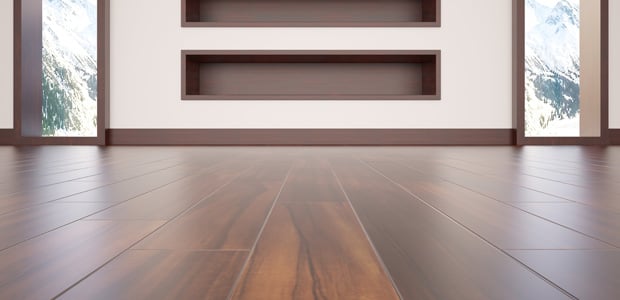

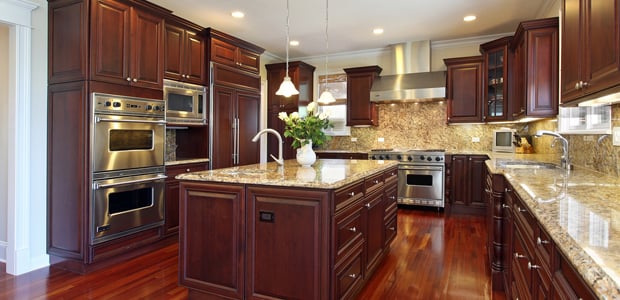 Create Your
Create Your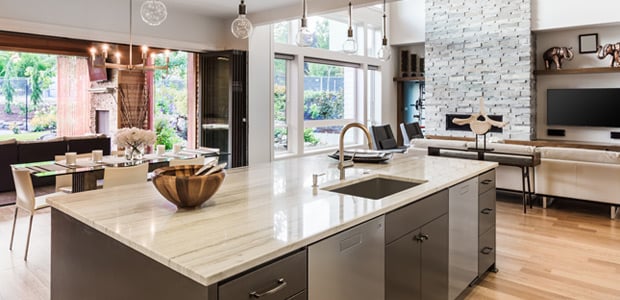 Boost Your
Boost Your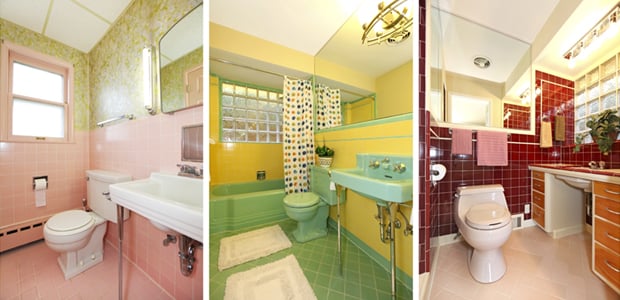 5 Signs Your
5 Signs Your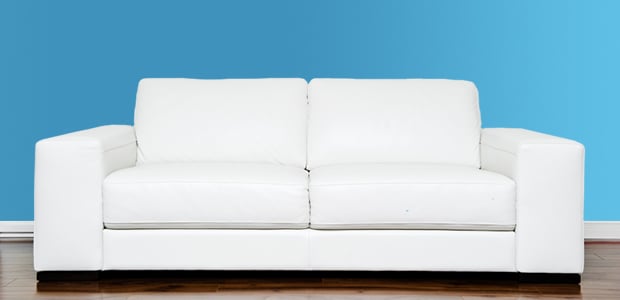 Cost Guide:
Cost Guide: